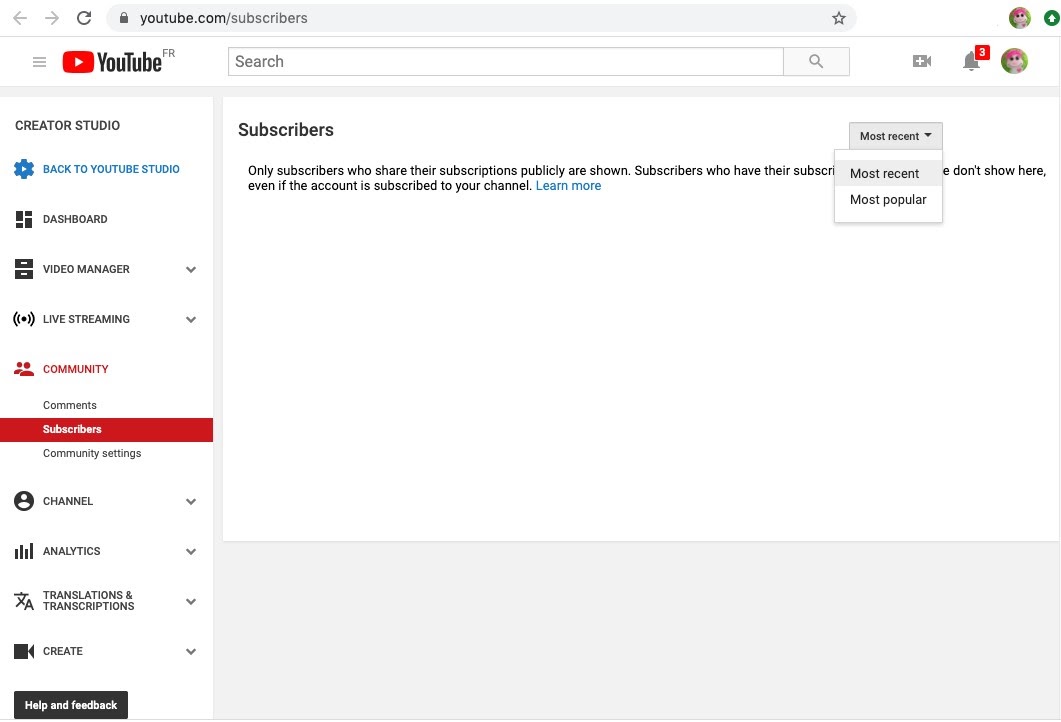How to Showing Elementary School Classroom in a Slum MCQ

Showing answer of Elementary School Classroom in a Slum MCQ that is explaining the definition of MCQ with the guidance of Slums. Slums are densely inhabited areas that lack basic amenities such as proper housing, sanitation, and education. These marginalized communities often face multiple challenges, and one of the most pressing issues is access to quality education. In this blog post, we will focus on the issue of education in slums and its impact on children’s learning outcomes.
According to a report by UNICEF, there are approximately 1 billion people living in slums globally. This number is expected to double by 2030 if the current trend continues. Many of these slum dwellers are young children who lack access to proper schooling due to various factors such as poverty, displacement, or discrimination.
One of the main reasons for poor educational opportunities in slums is the limited infrastructure. Most classrooms in slum schools lack proper roofing, flooring, and ventilation. The overcrowded classrooms make it challenging for teachers to effectively teach students and for students to concentrate on their studies.
Many families living in slums struggle with poverty, making it difficult for them to provide basic necessities like textbooks, notebooks, and school supplies for their children. As a result, these students often have little or no access to teaching aids or materials that could enhance their learning experience.
Definition and Purpose of MCQs
MCQs, or Multiple Choice Questions, are a type of assessment tool commonly used in elementary school classrooms. They consist of a question or prompt followed by a list of possible answer choices, with only one correct answer. Students are required to select the correct answer from the provided choices.
The purpose of MCQs is to assess students’ understanding and knowledge on a specific topic or subject matter. They allow teachers to quickly and efficiently evaluate the progress and learning of their students. These types of questions also provide immediate feedback to both the teacher and student, which can help identify areas that need more focus and improvement.
One major advantage of using MCQs in an elementary school setting is their ability to cater to a wide range of learners. With multiple options available, students who may struggle with open-ended questions can still demonstrate their knowledge by selecting the correct option from the given choices.
Another key purpose of using MCQs in an elementary school classroom is their usefulness in testing rote memorization skills. While some might argue that this is not an effective way to assess learning, it can be argued that basic memorization is essential for building foundational knowledge and understanding. Additionally, MCQs can also test higher-order thinking skills such as critical thinking and problem-solving if crafted properly.
Furthermore, MCQs provide a standardized form of assessment which ensures fairness among all students being evaluated. Since every student receives the same set of questions with fixed answer options, it eliminates any bias or inconsistency in grading.
Benefits of MCQs in Elementary School Classrooms in Slums
There are several benefits to incorporating multiple choice questions (MCQs) in elementary school classrooms in slums. These benefits not only positively impact the students, but also the educators and the overall learning environment. In this section, we will explore some of the most notable advantages of using MCQs in these unique classroom settings.
Accessibility for all students: One of the key advantages of MCQs is that they provide equal opportunities for all students to participate and showcase their knowledge. In many slum areas, resources such as textbooks and pencils may be scarce, making it challenging for every student to have access to them. With MCQs, all students need is a piece of paper or a slate and a writing utensil to answer the questions. This makes it easier for teachers to assess each student’s understanding without any barriers.
Encourages critical thinking: Contrary to popular belief, MCQs can foster critical thinking skills in students when designed correctly. Instead of just recalling information from memory, well-crafted MCQs require students to analyze different options and determine which one is correct based on their understanding and reasoning skills. This practice helps develop higher-order thinking abilities that are crucial for academic success.
Disadvantages of MCQs in Slum Environments
MCQs, or multiple choice questions, have long been used as a popular tool for testing students’ knowledge and understanding in classrooms. However, when it comes to slum environments, there are certain disadvantages that must be taken into consideration before implementing MCQs as an assessment method. In this section, we will discuss these challenges in detail.
Language Barriers:
One of the biggest challenges faced by students in slum environments is the language barrier. Many children in slums come from households where their first language is not the official language used in schools. This can create a major obstacle for students when attempting to understand and answer MCQs that are written in a foreign language. As a result, they may perform poorly on tests solely due to their limited understanding of the language being used.
Lack of Familiarity with Test Format:
For many students living in slums, attending school can be a new and unfamiliar experience. They may not have had access to quality education prior to enrolling in elementary school, and therefore may never have been exposed to MCQ assessments before. As such, they may struggle with understanding how these types of tests work and what is expected of them. This lack of familiarity can increase stress levels among students and negatively affect their performance on MCQ exams.
How to Create Effective MCQs for Students in Slums
Creating effective multiple choice questions (MCQs) for students living in slums can be a challenging task. These students often face various barriers to education, such as poverty, lack of resources and facilities, and limited access to quality education. Therefore, it is important to create MCQs that not only assess the students’ understanding but also cater to their specific needs and learning abilities. Here are some tips for creating effective MCQs for students living in slums:
Keep the language simple and easy to understand:
Many children living in slums may have a limited vocabulary or struggle with reading comprehension due to their circumstances. Therefore, it is essential to use simple language while framing the MCQs. Avoid using complex words or technical jargon that may confuse or discourage students from attempting the questions.
Focus on practical knowledge:
Students in slums often lack access to practical learning experiences due to the lack of resources and facilities. Hence, it is crucial to include real-world scenarios or examples in the MCQs that they can relate to their daily lives. This will make the questions more interesting and relevant for them.
Draw from local context:
To engage students and make connections with their surroundings, incorporate elements from their local community into the MCQs. For example, you can use familiar names of places or people from their neighborhood in your question prompts. This will also help build a sense of familiarity and belonging among these students.
Examples of MCQ Questions for Elementary School Students in Slums
MCQ (Multiple Choice Questions) are a popular type of assessment used in schools all around the world. These questions are a very effective way to test students’ knowledge and understanding of various subjects. They can be particularly beneficial for students living in slum areas, who often face numerous challenges and obstacles when it comes to their education.
Here are some examples of MCQ questions that can be used for elementary school students living in slums:
Which of the following is an example of a natural disaster?
a) Earthquake
b) Traffic jam
c) Birthday party
Who is known as the “Father of our Nation”?
a) Mahatma Gandhi
b) Abraham Lincoln
c) Nelson Mandela
Which planet is known as the Red Planet?
a) Jupiter
b) Mars
c) Saturn
Which fruit is considered good for eyesight?
a). Apple
b). Mango
c). Banana
What do we call someone who specializes in taking care of teeth?
a). Doctor
b). Dentist
c). Teacher
In which direction does the sun rise?
a). South
b). East
c). North
Strategies for Integrating MCQs into Lesson Plans
Integrating Multiple Choice Questions (MCQs) into lesson plans can be an effective strategy for enhancing student learning in any classroom setting. In the case of an elementary school classroom in a slum, MCQs can prove to be even more beneficial as they offer a quick and engaging way to assess understanding and retention of information.
Here are some strategies that teachers can use to effectively integrate MCQs into lesson plans for their students in a slum setting:
Align MCQs with Learning Objectives:
Before designing MCQs, it is essential to have clear learning objectives in mind. These objectives should guide the creation of questions that test students’ understanding of key concepts and skills. By aligning MCQs with learning objectives, teachers ensure that assessment is aligned with the intended outcomes of the lesson.
Use Different Levels of Difficulty:
To challenge students’ critical thinking skills and assess their depth of understanding, it is important to incorporate various levels of difficulty in MCQs. This not only provides a comprehensive assessment but also caters to different learning styles within the classroom.
For example, at the elementary level, teachers can use simple recall-based questions as well as more complex application-based questions, which require students to apply their knowledge to real-life situations.
Conclusion
The use of multiple choice questions (MCQs) has proven to be highly beneficial for both assessment and learning in an elementary school classroom in a slum setting. Through the implementation of MCQs, teachers are able to effectively evaluate their students’ understanding of various subjects while also providing a structured means for learning. As mentioned earlier, these types of questions require students to choose from several options, making it less likely for them to guess the answers. This ensures that students truly understand the content being taught and have not simply memorized information. Additionally, by having a standardized format, MCQs eliminate any potential biases or discrepancies that may arise from subjective grading methods.




